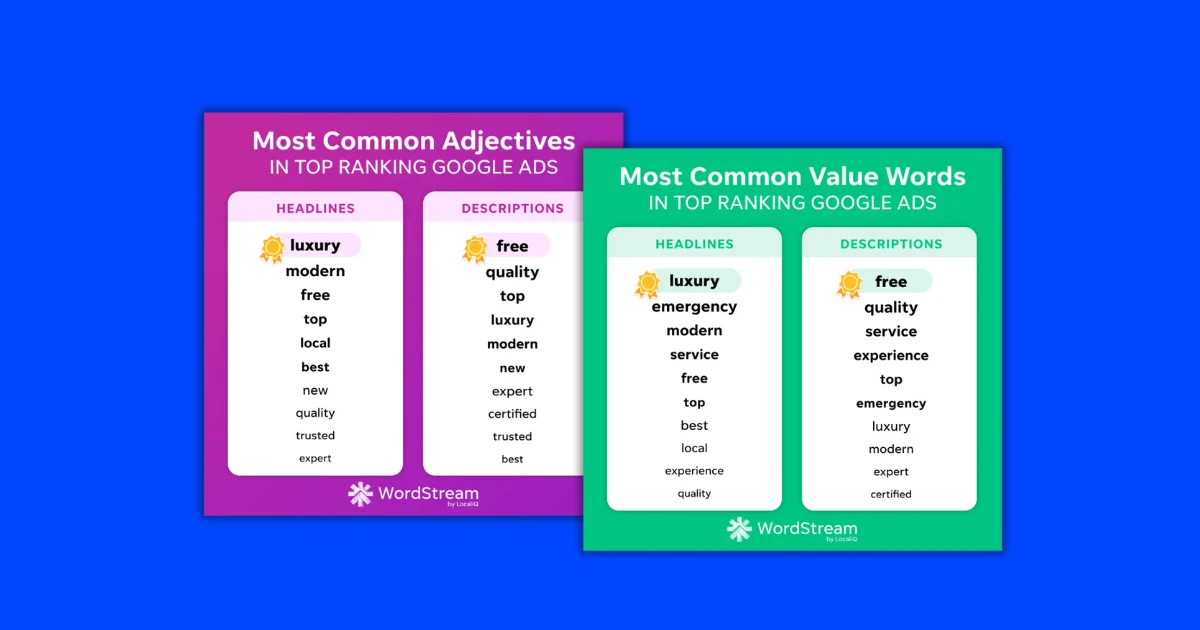Let’s take a closer look at how AI is reshaping the job market…
There’s something strange happening in the job market right now.
This fall, in between football games and cramming for exams, college seniors across the country will busy themselves with polishing resumes, rubbing elbows and preparing for career fairs.
Pretty normal stuff.
Except this year, these young folks are facing one of the strangest job markets in history.
See, many of them aren’t writing their applications by themselves. Artificial intelligence is helping them. And the recruiters reviewing those applications? They’re using AI too.
It’s a bizarre loop – essentially with AI applying on one end and AI screening candidates on the other.
In a scenario like this, there’s no real gain in productivity. And yet, this was supposed to be the promise of AI – a game-changing revolution that would lead to a new age of abundance, right?
But for now, our young people are caught in the middle of the upheaval.
The applications pile up, but the job offers don’t.
This strange paradox has many people wondering if AI is overhyped.
While I don’t envy this predicament for those soon-to-be graduates, the reality is that this won’t last forever. In fact, history tells us a different story. And when this pattern plays out, the payoff for investors could be enormous – as much as a $20 trillion wealth wave.
In today’s Market 360, we’ll take a closer look at how AI is reshaping the job market, why it echoes a historic tech shift – and how you can profit from the second inning of the AI Revolution.
AI Meets the Class of 2026
Since 2022, job openings in America have dropped 40% to just 7 million – the lowest level since 2019.
For context, there are about 7.4 million unemployed people in the U.S. right now, according to the August numbers. And that’s not even counting folks who are employed right now but are looking for another one.
Last year’s graduating class had to submit 20% more applications than the year before just to land jobs. This year’s class of 2026 will have it even harder.
To cope, students are leaning heavily on AI. Eighty-four percent of them rate themselves as “reasonably skilled” or “very skilled” at using AI for written communication. More than half of Gen Z job hunters are already using AI to write applications.
Recruiters, overwhelmed by the flood, are fighting fire with fire. Eighty-seven percent of firms now use AI-driven tools, and two-thirds of recruiters admit to using AI directly in the hiring process.
The result? A stalemate. AI systems write the applications, other AI systems screen them. Rinse and repeat. More forms get filled, more rejections get sent, but the pace of hiring doesn’t improve.
It’s a zero-sum game. And in the short run, productivity may actually decline.
The Productivity Paradox
If this sounds familiar, you’re onto something.
In the 1980s, Nobel laureate Robert Solow joked, “You can see the computer age everywhere but in the productivity statistics.”
Early PCs were expensive and awkward. In 1978, Apple Inc. (AAPL) introduced the Apple II, the first mass-produced PC. In 1991, it followed up with the PowerBook, the first mass-produced laptop with a trackball. In between, U.S. total factor productivity rose just 3.9% – a quarter of what it had grown in the 1960s and early 1970s.
The reason was simple: no one knew what to do with these machines. Even International Business Machines Corporation (IBM) wasn’t sure when it met with Microsoft Corporation (MSFT) in 1980.
Bill Gates later recalled, “They came out in July of 1980 and first talked with us on a very tentative basis as though they were just doing market research.”
Most companies used PCs like glorified typewriters. Spreadsheets and word processors helped a bit, but not enough to move the economic needle.
Then everything changed. By the 1990s, managers typed their own documents, accountants shared spreadsheets instantly, enterprise software digitized supply chains, and email made communication almost immediate.
Between 1991 and 2004, U.S. productivity surged 12.2% – the fastest growth since the 1960s. The paradox broke, and fortunes were made.
A Glimpse of the Future
The AI Revolution is on the same path. Except that the pace is accelerating.
Studies show that manufacturing firms actually see a 1.3% productivity decline after adopting AI tools. Seventy-seven percent of workers surveyed by the Upwork Research Institute said AI makes them less productive. And the San Francisco Fed notes that total factor productivity in the U.S. has barely grown since ChatGPT launched in 2022.
But just like with PCs, the paradox won’t last. Once processes catch up, the productivity gains will arrive all at once.
And we’re already seeing hints of what that looks like.
In retail and logistics, Amazon.com Inc. (AMZN) has crossed the milestone of 1 million robots in its facilities. Symbotic Inc. (SYM), which makes automation systems for warehouses, has run a major site with zero manual repositioning. Walmart Inc. (WMT) is also deploying AI-powered automation in its warehouses.
In transportation, self-driving cars are already operating at Level 2 automation, where steering and speed are controlled on highways. University studies show these systems could cut accident rates by 16%, preventing 14 million injuries by 2050.
As the technology evolves, cars will do far more than drive people to work – they’ll pick up groceries, deliver packages, and earn money as robotaxis.
In defense, AI is changing the battlefield. On June 1, Ukrainian forces used 114 AI-enabled drones in Operation Spiderweb to strike aircraft deep inside Russian territory. The drones could continue flying even when radio signals were jammed.
Tomorrow’s drones will operate in swarms, overwhelming defenses like a hive of bees. In peacetime, the same technology could be used for crop monitoring, search-and-rescue, or package delivery.
And in hiring, today’s clunky loop of AI-written and AI-read applications will eventually evolve into seamless systems that instantly match candidates with employers, cutting out months of wasted effort.
All of these developments have one thing in common: they demand immense computing power. We’ve only scratched the surface of AI’s true resource needs, and it’s going to take a lot more buildout for AI to reach its true potential.
In other words, we’re still in the early innings of the AI Revolution.
How to Profit from the Second Inning of AI
When PCs finally broke their productivity paradox, investors who owned the right companies – from Microsoft to Apple – saw life-changing returns.
AI is setting up for the same kind of breakout. Only this time, the opportunity is bigger. Analysts estimate the second inning of AI could unleash a $20 trillion economic wave.
The question is: Will you be on the right side of it?
That’s why my colleagues and I created the AI Revolution Portfolio.
It’s a carefully chosen set of seven companies that I believe are best positioned to power and profit from this next phase of AI. These firms are building the hardware, robotics and infrastructure that will bring AI into the real world – and they could hand early investors some of the biggest gains of the decade.
Bottom line, the productivity paradox won’t last forever. When it breaks, the surge in demand for these companies’ products and services will be enormous.
If you want to be in position before that happens, I encourage you to check out our special presentation by clicking this link now.
Because once the second inning of AI begins in earnest, the biggest rewards will already be spoken for.
Sincerely,

Louis Navellier
Editor, Market 360
The Editor hereby discloses that as of the date of this email, the Editor, directly or indirectly, owns the following securities that are the subject of the commentary, analysis, opinions, advice, or recommendations in, or which are otherwise mentioned in, the essay set forth below:
International Business Machines Corporation (IBM) and Walmart Inc. (WMT)











